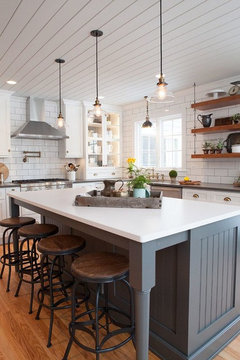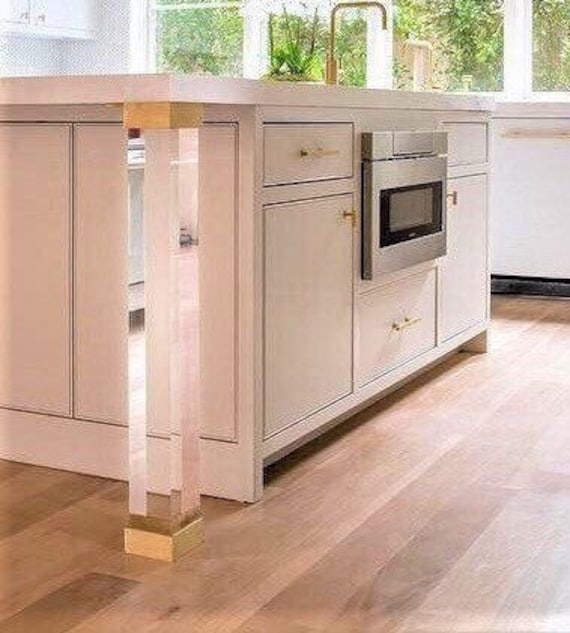Kitchen Island Legs: Improve Your Kitchen with Strong Support
Kitchen Island Legs: Improve Your Kitchen with Strong Support
Blog Article
Necessary Tips for Picking the Perfect Eating Table for Your Kitchen Area
Choosing the excellent eating table for your kitchen area is even more than simply a matter of taste; it necessitates a comprehensive understanding of your space and requirements. The form of the table plays a crucial duty; while rectangular tables fit larger areas, round ones foster affection, and extendable choices supply flexibility. The table ought to balance with your cooking area's aesthetics and accommodate your family members conveniently.
Action Your Space
Selecting the excellent dining table begins with a thorough assessment of your readily available room. This fundamental action makes sure that the table not just fits easily within the room yet also matches the total design and capability of your eating area. Begin by measuring the dimensions of the area, taking into consideration entrances, home windows, and any kind of existing furniture. This will assist you identify the optimum allowable size for your table.
Think about the circulation of activity around the table. It is necessary to leave adequate area for chairs to be drawn out and for people to walk around the table without obstruction. A general general rule is to enable at the very least 36 inches of clearance from the edge of the table to the nearby wall surface or furniture piece. This guarantees convenience of access and comfort throughout meals.
In addition, think of the number of people you generally captivate and whether you require extra area for guests. Going with an extendable table can provide adaptability, enabling you to accommodate varying varieties of diners. By properly measuring your room, you prepared for choosing a table that improves both the looks and capability of your eating area.
Choose the Right Shape

On the various other hand, round tables are outstanding for smaller sized kitchens or intimate events, as they promote discussion by allowing everyone to deal with each various other. They likewise supply a sense of coziness and can fit well in tighter spaces as a result of their lack of sharp edges. Oval tables use the best of both worlds, integrating the size of rectangular tables with the intimacy of round ones, making them flexible for various settings.
Square tables are one more choice, specifically fit for square-shaped rooms. They produce a symmetrical and contemporary appearance, promoting an equivalent eating experience for all seated.
Product Factors To Consider
When choosing an eating table, material factors to consider are vital in identifying the table's toughness, upkeep requirements, and overall aesthetic. Wood is a traditional choice, offering ageless allure and robustness.
Glass-topped tables provide a modern-day, sleek look and can make a space appear bigger as a result of their transparency. Nevertheless, they need regular cleaning to avoid spots and finger prints. In addition, tempered glass is advised for its additional toughness and safety and security.

Lastly, composite products like MDF (Medium-Density Fiber board) or plywood are budget-friendly choices. These materials can mimic the look of strong timber but may not use the same long life. They are normally much easier to clean but can be susceptible to water damage if not effectively sealed.
Ultimately, the selection of material must straighten with your cooking area's style, your lifestyle requires, and your budget restrictions. (kitchen island legs)
Seats Capability and Comfort
Exactly how do you identify the appropriate seating ability and comfort for your eating table? This important step includes assessing both the physical area readily available in your cooking area and your house's useful demands. Begin by determining your kitchen area to ensure the table fits easily, enabling a minimum of 36 inches of clearance around it for simple movement. Take into consideration the number of people who commonly dine with each other, as this will certainly influence the table dimension. For a household of 4, a rectangular table of 48 inches visit this page long or a round table with a 48-inch size is typically enough.
The elevation of the table ought to preferably be around 30 inches, providing a well balanced ergonomic stance for seated diners. Chairs ought to have a seat elevation of 18 to 20 inches to make sure a comfy eating stance.
Design and Looks
Picking an eating table that matches your design and appearance involves balancing personal taste with the existing decor of your eating area. The table is commonly the focal point of the kitchen, and its design should match the general motif of the room. Whether your kitchen area boasts a modern-day, minimalist look or a rustic, farmhouse charm, the table you choose ought to integrate with these elements to produce a natural and welcoming atmosphere.
Think about products thoroughly; timber offers a classic allure and can vary from abundant mahogany for a standard look to lighter oak for a modern feel. Metal and glass tables, on the various other hand, can present a sleek, industrial edge to your cooking area. Don't overlook the table's shape-- rectangular tables are functional and traditional, while round and oval choices can foster a much more intimate dining experience.
In addition, pay close focus to details and coatings. A distressed surface might add personality and warmth, whereas a shiny surface area can add to a clean, modern-day aesthetic. Eventually, your dining table should not only fit flawlessly into your kitchen's layout but also mirror your personal style, boosting the room both functionally and visually.
Conclusion
In final thought, choosing the suitable eating table for a cooking area demands mindful analysis of room, form, product, seating capacity, and visual consistency. Ultimately, a well-chosen dining table promotes an inviting atmosphere and fits the house comfortably, thus improving the eating experience.

When picking an eating table, material factors to consider are vital in figuring out the table's durability, upkeep requirements, and overall visual. For a household of four, a rectangle-shaped table of 48 inches long or a round table with a 48-inch size is normally adequate.
Don't overlook the table's form-- rectangular tables are flexible and classic, while round and oblong choices can foster an extra intimate dining experience. kitchen island legs.
Report this page